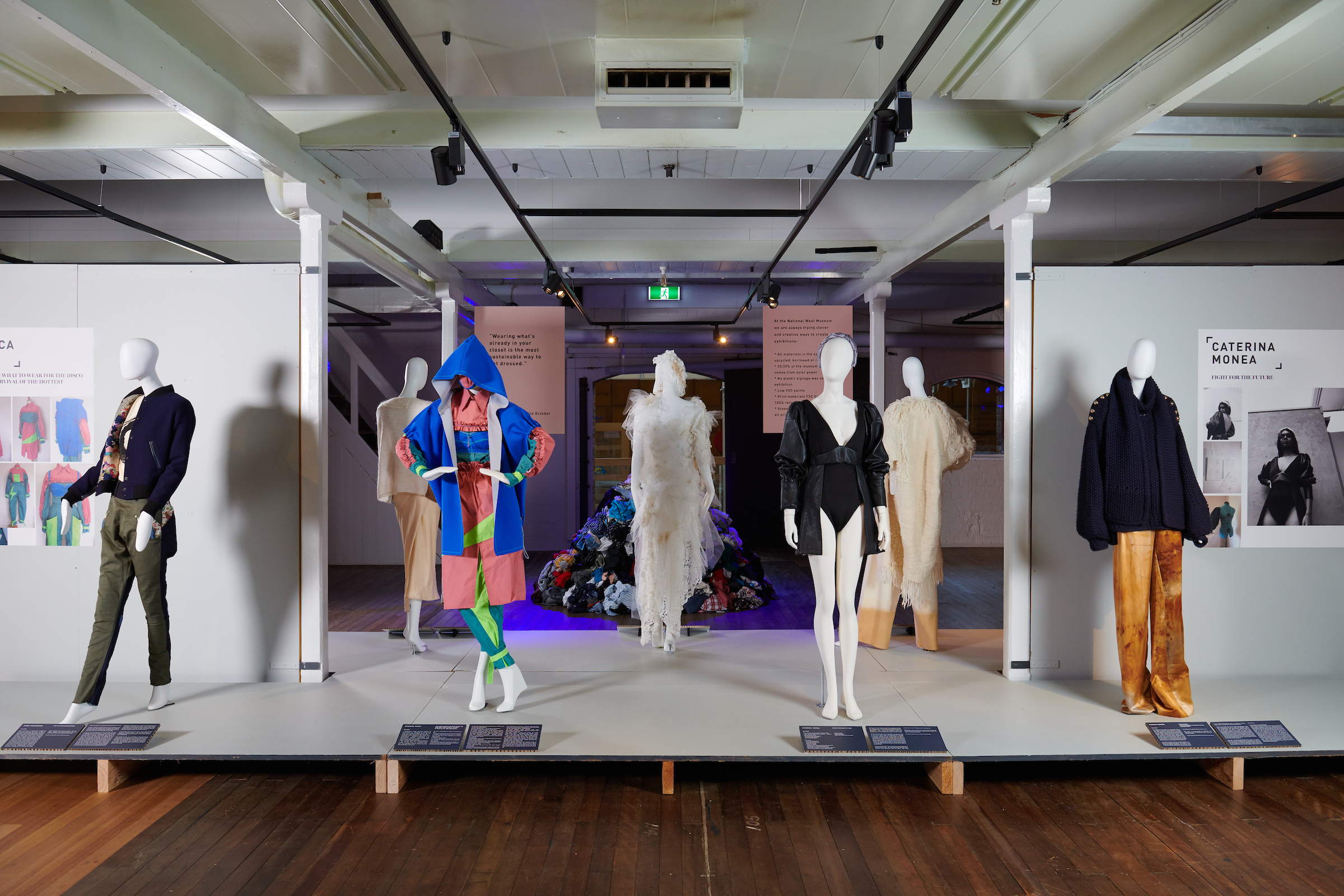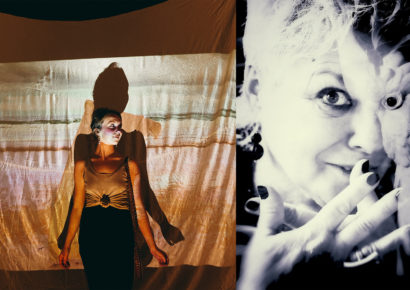In Australia, we love buying new clothes. Australians buy on average 27kg of clothing and textiles each year, the second highest per capita amount in the world.
But have you ever wondered how sustainable your wardrobe really is? Wondered where your clothes come from, who made them or even where they go when you are finished with them?
These questions are becoming more and more important for the global fashion industry, which has become one of the most wasteful and resource intensive industries on the planet. In the last 15 years, clothing production has almost doubled and yet one garbage truck of discarded clothes is incinerated or sent to landfill every second.
All this is changing with the slow fashion movement that seeks to create sustainable and ethical clothing that does not cost the planet. Clothes that are made with love and care and the environment in mind and that can last a lifetime. Clothes that you want to keep in your cupboard season on season.
The National Wool Museum in Geelong has jumped on board the new movement with its ‘We The Makers Design Festival and Competition’. This year they have focused the festival on the theme “Design for the Future: Sustainable and Ethical Textiles and Fashion”.
Opening to the public late last month, We The Makers is one of the very few new exhibitions to launch in the region. The exhibition showcases 21 professional and emerging designers from Australia and around the world featuring a range of outfits that are all sustainably and ethically produced.
True designers of the future, their works are diverse and that’s a real highlight of this exhibition – solutions are not only possible, but it wears many different outfits.
The 21 inspired entrants, including eight from Geelong and regional Victoria, were all in the running to take out the major prize of $10,000, a major driving force for creatives to explore sustainable and ethical pieces. Judged by Kiri Delly, senior manager for College of Design and Social Context from RMIT; Kiri-Mae Sampson, senior project manager at Australian Fashion Council; and Paul McCann, two winners shared the major prize. Rebecca Gully from Melbourne with her futuristic “Neutron Dance; what to wear to the disco apocalypse” and the Foong Sisters from Newcastle, of the slow fashion label High Tea With Mrs Woo, with their design “Six Seasons”.
High Tea with Mrs Woo (the three sisters label) is all about slow fashion and designing for an uncertain future, and ‘Six Seasons’ look is grounded in the desire to create environmentally sustainable garments that inclusively fit a range of body shapes, are gender neutral, and flexibly adapt to changing climate conditions. The Six Seasons project proposes that the future of fashion is customisable, with intention and value designed into every garment, which in turn, can completely change the way we choose, wear and care for our clothing.
Rebecca Gully’s climate combat design was commended for its technical difference, creating a true design for the future, rather than taking a traditional approach. Her design ‘Neutron Dance; what to wear to the disco apocalypse’ was inspired by the future of extremes we face, and the need to utilise consumer waste and not continue to produce damaging materials. Using innovative textiles, including Meryl® Creora Neoprene, 84% Nylon 16% Polyurethane; and 100% recycled woven nylon made by Hyosung, Rebecca wanted to show that fabrics need to be – and can be – environmentally friendly, technical, innovative and functional.
“My goal was to keep in mind all aspects of sustainable design when creating it – the fabrication, versatility and longevity,” the fashion designer and fashion design academic explains.
“I had the Pointer Sisters outfits from the 1980s in the back of my head and was thinking about taffeta, and using a futuristic fabric instead – and sourced the recycled nylon. I was thinking about the future, the song neutron dance and survival of the hottest instead of survival of the fittest.”
With this design, Rebecca wanted to create a carefully curated look with embedded versatility – through modular pieces – survivalist transformers need to combine and re-combine their outfits. Essentially, its about maximising the value of product and its lifecycle, reducing disposability.
“It took quite a while to work through all my ideas and for it to come together. I designed three core pieces that re-combine in about 15 ways – reversible, detachable and wearable in different combinations, then two complimentary garments that go with them,” Rebecca explains, referring to the adjustable hem tapered utility pants; a line split front skirt; and reversible tunic blouse – with extra detachable collar, as well as a complementary outerwear neoprene coat and bra top.
“The idea was to create one outfit that looks like a whole collection. You can wear it in so many ways it looks like completely different outfits.”
Perhaps the most striking component of this design is the colour palette Rebecca used, embracing the artificial bright of neon lime and combines it with future fashion colours of muted dark dusty coral pink, jade green and cobalt blue and grey mist, and making a point of needing high impact colours in digital worlds as well as in real life.
“That sustainable design doesn’t have to be organic looking and neutral colours. That it is achievable in an industry setting – designing for a circular economy is real. “
In response to COVID-19 and the impact of regional artists, judges also handed out a $2000 Highly Commended Regional Maker prize to Courtney Holm of the label A.BCH, for her outfit “Salvage”. Judges were overwhelmed by the variety and mindfulness of all top 21 designs and were impressed by depth of regional Victorian talent engaging in the sustainable fashion space.
“There are so many diverse makers in the exhibition – from textile based practices to fashion designers – I think there is something for everyone,” Rebecca adds. “Visitors will be able to see this diversity in context. There are a lot of creatives taking the future of the planet seriously!”
If you can’t make it to Geelong to see the exhibition they have also produced a digital exhibition, which can be accessed via www.wethemakers2020.com.au. Jump online to join the judging and cast your own vote in the People’s Choice Award.
We The Makers is on at the National Wool Museum until 22 November. Please note restrictions apply to numbers inside the building, check the website to plan your visit.
Images by Cormac Hanrahan 2020

